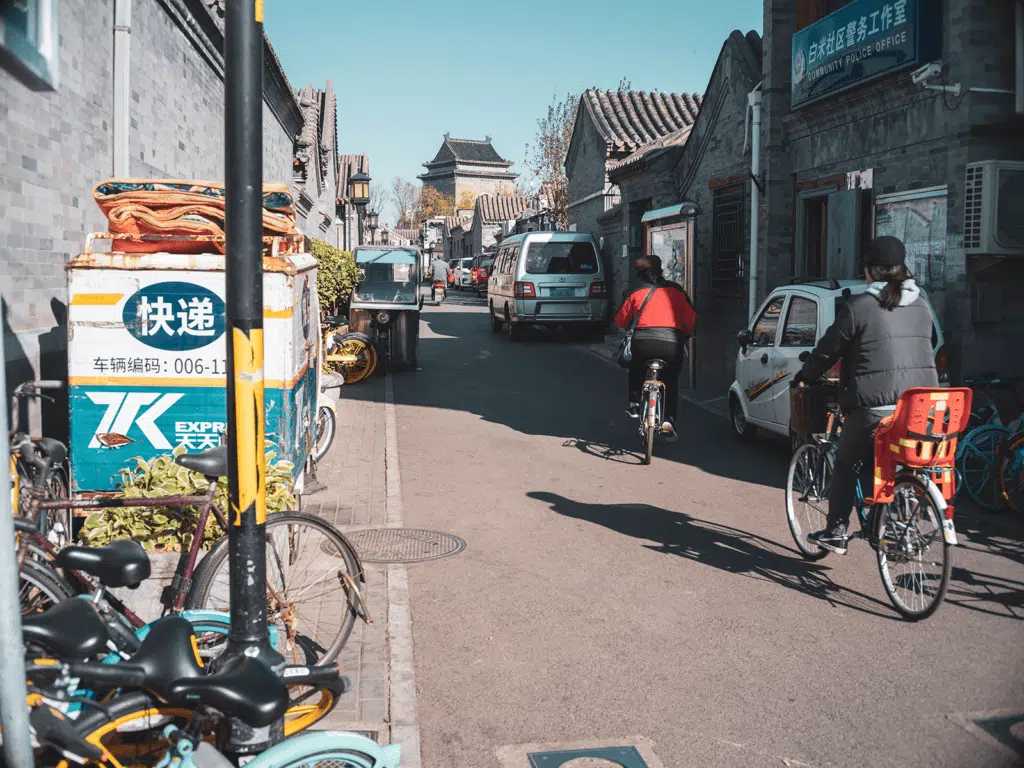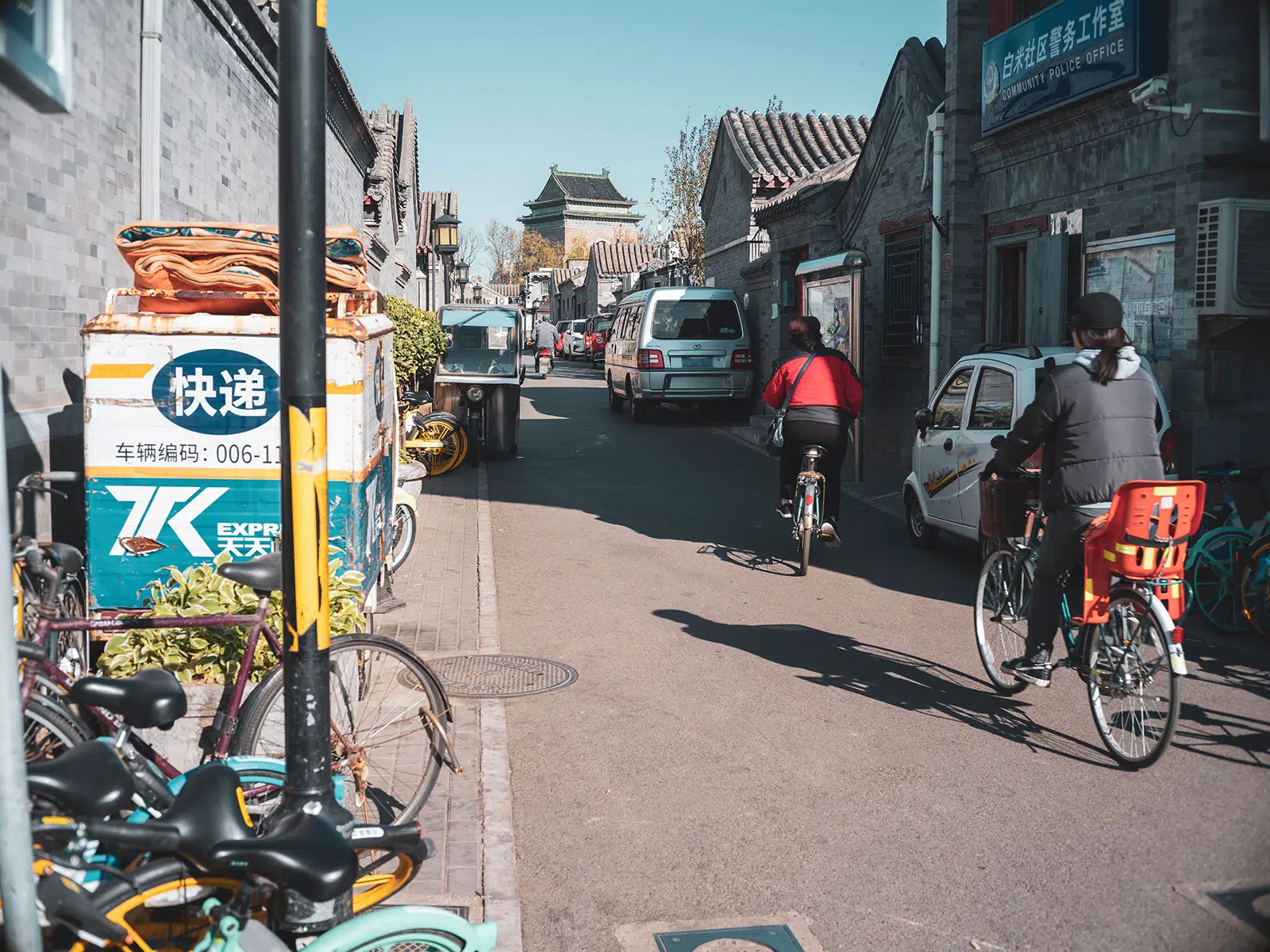Whether it’s just popping to the store to grab a few groceries, dropping the kids at school, heading off to work, or taking a Sunday drive to see friends and family, many people in Europe and North America have grown accustomed to short journeys by car. In the UK, where the preferred means of transport is the automobile, nearly two-thirds of all journeys undertaken are less than five miles, or eight kilometers.
Yet with carbon emissions and fuel prices rising, there’s no better time to rethink those short journeys. Now’s a good time to switch out the old combustion engine and rely on pedal or pedestrian power for your errands. While there may be some with limited physical mobility who have good reason to carry out their trips in a vehicle, for others, using the car for those short journeys has simply grown out of habit. And habits are changeable. Perhaps righting a few misconceptions about driving might convince you to trade in the car for your own two legs when you aren’t going far? Let’s bust a few myths about the comfort and convenience of short car journeys:
1. A mile here, a mile there doesn’t add up to much
In the US, arguably one of the most car-centric countries in the world, the total number of car trips of under one mile (1.6 km) added up to around 10 billion miles per year according to a 2009 National Household Transportation Survey. That would be as if the entire population of Lithuania drove from Vilnius to Athens.
2. Car emissions on short trips are negligible
Trading out the four wheels for a bicycle on trips under a mile could save nearly two million metric tons of CO2 each year in the US alone, according to the US Environmental Protection Agency.
3. It’s not that expensive
Even before oil prices increased tremendously in 2022, it cost nearly 450 Euros per month to own a car in South Africa (an estimate based on monthly usage of 2,500 kilometers). That’s based on such fees as loan payments, fuel costs, maintenance, parking, insurance, and tire repairs. Elsewhere, travel by car isn’t a cheap endeavor, either, not even for short journeys. Investing in a bicycle or scooter for those quick trips instead could save you more than a few cents: One UK study estimates you could save up to 3000 EUR annually.
4. It’s safer to travel by car than on foot
Cities around the world are addressing pedestrian safety in various ways — from lowering speed limits to creating infrastructure that prioritizes people outside of cars. In Bogota, for example, officials are working to give pedestrians the right of way after statistics showed over 1,200 children under 15 were injured and 12 were killed due to road crashes – making children twice as likely to die in a crash as adults. To make the morning walk to school safer for these kids, officials instituted a walking school bus program that gave children the right of way and are working toward a permanent redesign of roadways to make sidewalks safer along busy streets.
While it’s true that pedestrians account for over 230,000 deaths globally, these deaths are by and large the consequence of being struck by automobiles. Enhancing pedestrian safety ay mean implementing speed limits of 30 km/hour within cities or creating more inclusive street design that gives way to those on foot or traveling via bicycles.

© GIZ / LU ZHENG XU
5. It’ll only take a minute
Though trips under five kilometers might be undertaken slightly more quickly via car than on foot, traditional bicycles make those trips quick and comfortable. And the popularity of e-scooters and e-bikes is closing that gap. Adding up the time spent on congested roadways or in search of parking and these short trips may even be faster without the four wheels.
6. Cities will always be designed for cars
Often, the reason you can get from Point A to Point B more quickly in a car than on foot is due to urban planning measures that have placed thoroughfares and elevated highways through previously walkable neighborhoods. While that might allow for fast travel, driving at high speeds through residential areas may soon be a thing of the past.
Cities like Tartu, Estonia, and Bogota, Colombia are rethinking their planning initiatives and building the infrastructure necessary to make space for bicycles and pedestrians on busy roads. Bogota, for example, used the pandemic-related shutdowns to create pop-up bike lanes and discovered that if you make room for them, the cyclists will come. With over 590 km of bike lanes and hundreds more in the works, the city has seen residents happily ride their bicycles on busy thoroughfares when room has been made for them.
Even minor adjustments to infrastructure help making walking and cycling more and more attractive, as one example in Lagos, Nigeria showed when they implemented 500 meters of sidewalk to ease pedestrian access near a school and hospital. Thanks to the expanded sidewalks, those on foot were able to walk safely along the busy street without needing to cross or walk in the roadway to get around the hospital.
7. The weather is better inside the car
There’s an old saying that the mail gets delivered whether through rain, snow, sleet, or hail. Though not many people would intentionally head out in the pouring rain for fun, residents of cities in Denmark and the Netherlands have not shown that a bit of damp or cold can hold them back. As some say, there’s no bad weather, just the wrong clothing. And with the weather shifting to greater extremes as a result of climate change, now’s a good time to change habits away from those that add emissions to the atmosphere.
8. Driving is enjoyable
We already know that commuting via motor vehicle takes its toll on a person’s health, with added stress, feelings of aggression, headaches, and backaches. But even on short drives, congestion can cause headaches of its own. Getting un-stuck by pedaling a bicycle will not only help reset those emotions, it’ll count towards your daily allotment of physical exercise and reduce feelings of stress anxiety. If you’re from a city with frequent traffic jams, like Bengaluru, India, you’ll save up to 10 days a year by opting out of motorized individual transport options.
9. Using a car to access public transportation is more convenient
It’s true that first and last mile connectivity is often an issue for commuters. While it’s commendable to hop aboard a bus or travel via tram, getting to the station isn’t always easy. To make cycling a viable alternative for this initial commute to the station, safe and direct bike routes are essential, as officials in Bogota realized when they implemented pop-up bike lanes during the pandemic. Secure facilities for locking your bike, such as the world’s largest underground bike garage in Utrecht, the Netherlands, can add peace of mind that your bicycle will be there when you disembark the train at the end of the day.
For those who don’t have their own bicycle, more cities are implementing bike-sharing initiatives so you can get from the front door to the bus or train stop with ease. If this is something that your city hasn’t done yet, it may be worth addressing with officials, as residents of Tartu, Estonia had done when urban planners were rethinking the city’s master plan. Bike sharing proved such a success there that plans for a ring road were scrapped in favor of expanded bike sharing terminals.
10. Short journeys with kids and cargo are easier by car
Schlepping kids and pets and groceries and other goods around is no easy task — and it’s one that’s more likely to fall on women than men. In many cities, however, cargo bikes are proving a hit as they allow door-to-door travel with ease. It’s not just a European trend, either. One entrepreneur has brought the concept of the refrigerated cargo bike to rural Zambia to help women get food products to market without spoilage. And in Accra, Ghana, people are testing the cargo bike for use in deliveries in the bustling business district.
Although the idea of just grabbing the car keys and running out the door is one that seems easy for many people today, replacing those short journeys with a bit of pedal power or a short stroll can do a world of good.
